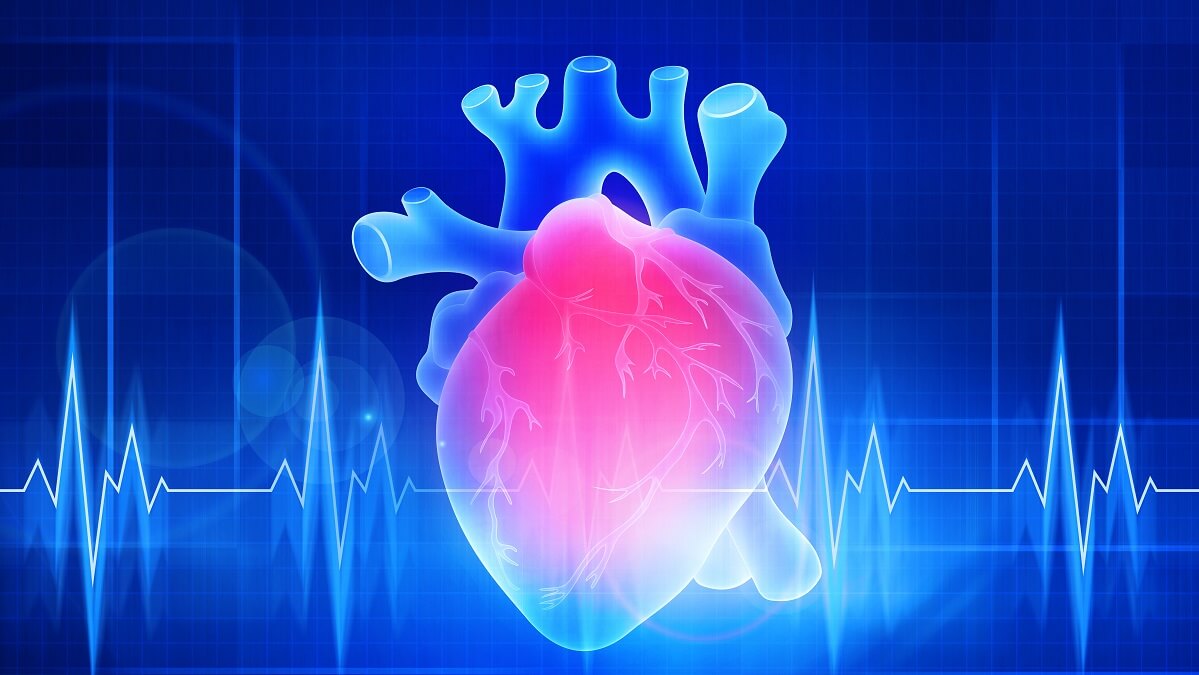Understanding your heart rate may not sound like rocket science. When you’re sitting still your heart rate is lower, and when you’re stressed or exercising, your heart rate goes up, right?
There is probably a lot more to learn from your heart rate than you realise. Understanding your heart rate is an important tool in monitoring your health, fitness and even detecting some medical conditions.
How to check your heart rate
In order to check your heart rate, sit down where you can see a clock with a second hand in clear view. Place two fingers on the inside of your wrist, on the side of your neck or on the inside of your elbow. When you are able to feel your pulse, count how many times your heart beats in 15 seconds. Multiply this number by four to find out how many times it beats in a minute. This is your resting heart rate.
What your heart rate means
Resting heart rate
Your resting heart rate is the number of times your heart beats each minute when you’re being inactive. Generally speaking, the fitter you are, the lower your resting heartbeat is likely to be. This is because your heart isn’t having to work as hard to pump blood around your body. Most healthy adults will have a resting heart rate of between 60 and 100 beats per minute (bpm), but some athletes can have resting heartrates as low as 40. Medications such as beta-blockers can lower your resting heart rate by slowing your heartbeat down.
Maximum heart rate
While it’s good to increase your heart rate during exercise, a drastically increased heart rate can signify a problem. To find out the average number of times your heart should be beating per minute while exercising, subtract your age from 220. For example, if you’re 60 years old, this will equal 180 beats per minute. This is your average maximum heart rate during exercise.
Based on this number, you are able to calculate the ‘zone’ in which your heart is being conditioned but not overworked. If you’re exercising with moderate intensity, this will be about 50 to 70 per cent of your maximum heart rate. If you’re doing intense or vigorous exercise, this zone is about 70 to 85 per cent of your maximum heart rate. If you exercise regularly, aim for the upper ends of these zones. If you’re new to working out or are taking things slow, aim for the lower ends of these zones.
Heart rate problems
If your heart is beating out of time, this is called an arrhythmia. It can be caused by a number of factors including high blood pressure, problems with the valves of the heart or hardened arteries. It can also occur after heart surgery or as a result of heart attack trauma.
There are four main types of arrhythmia. Ventricular arrythmia begins in your heart’s lower chambers, supraventricular arrhythmia starts in the upper chambers, bradycardia is when your heart rate is too slow and tachycardia is when your resting heart rate is faster than 100 bpm.
Bradycardia is most often caused by a chemical imbalance in your blood, by problems with your thyroid gland, by infection, by inflammatory diseases or by obstructive sleep apnoea, which disrupts your breathing while you sleep. Tachycardia is most common in women and children, and is most often caused by smoking, excessive alcohol consumption, caffeinated drinks and stress.
How to lower your heart rate
The key to a healthy heart rate is a healthy lifestyle. Maintaining a healthy weight, reducing alcohol, cigarettes and caffeine, eating a healthy diet and being physically active can all help to lower your resting heart rate.
Australians over the age of 65 are recommended to do at least 30 minutes of physical activity each day. This can include fitness, balance and flexibility exercises and strength training.
Reducing stress and anxiety can also help to maintain a healthy heart rate. Practising meditation, mindfulness or tai chi can help you to manage and reduce stress.
Do you know your resting heart rate? How often do you measure it? Let us know in the comments section below.
Also read: Eight subtle signs of heart disease you might not know about
Disclaimer: This article contains general information about health issues and is not advice. For health advice, consult your medical practitioner.


Maximum heart rate for a 60 year old should be 160 not 180, otherwise interesting article